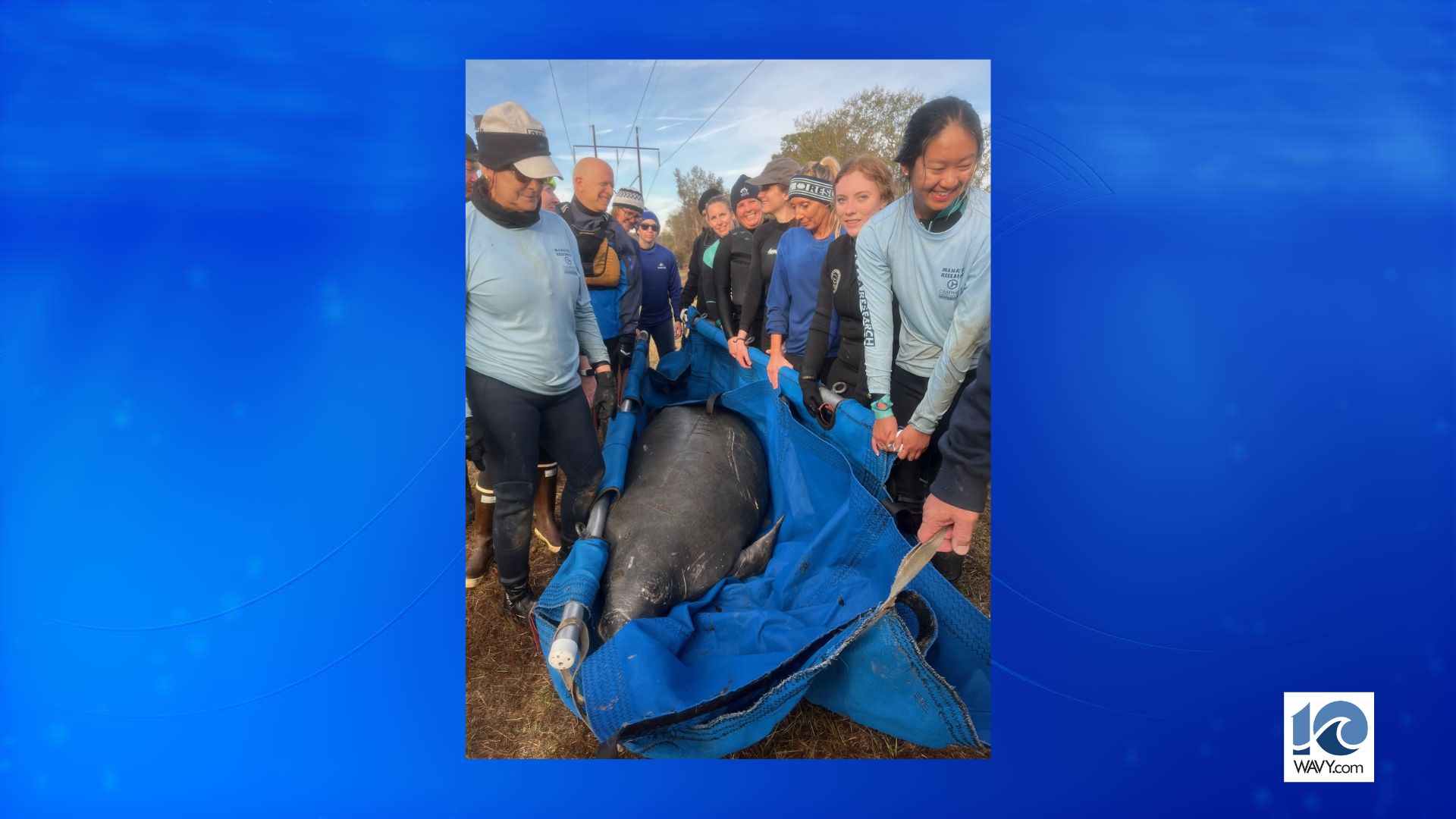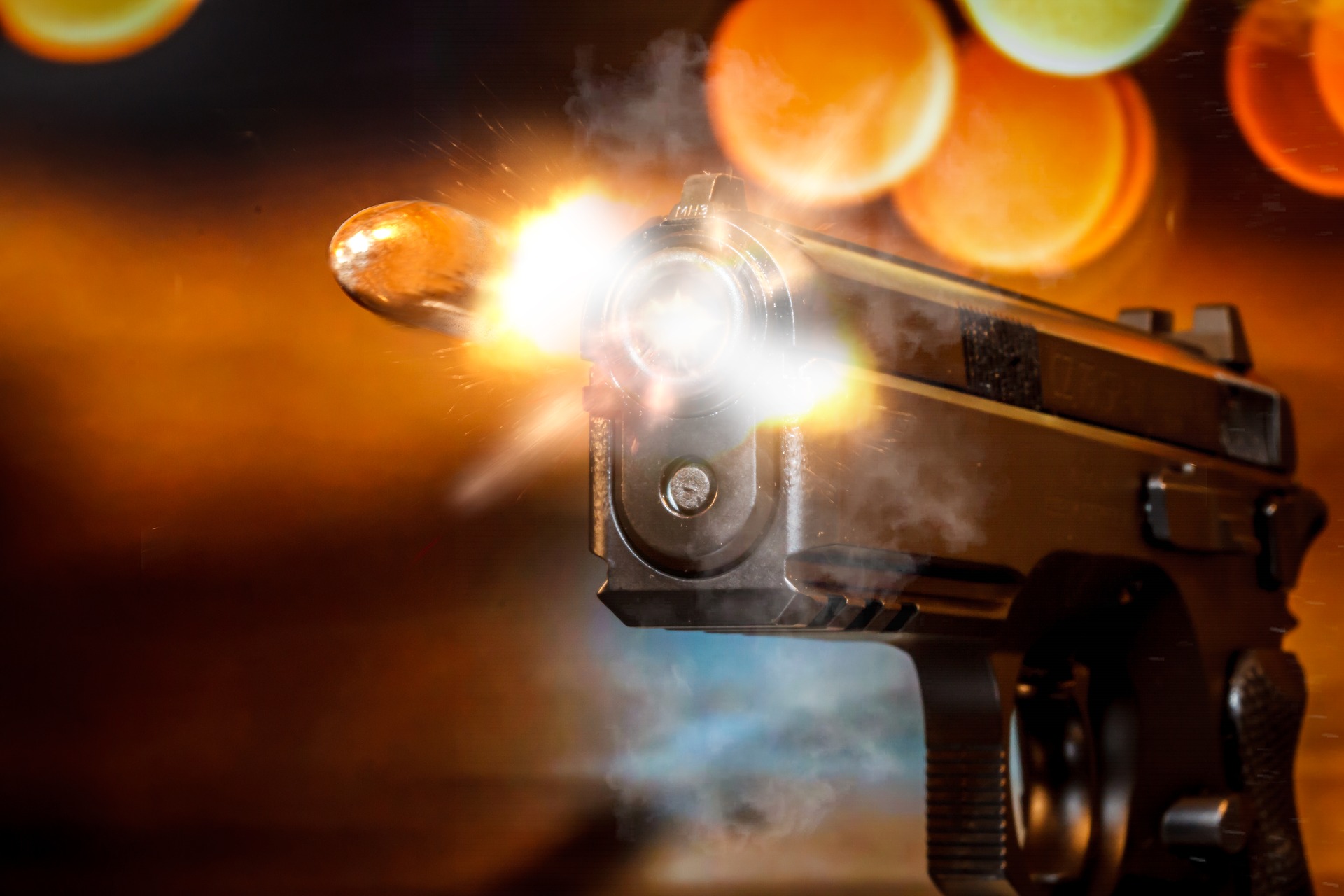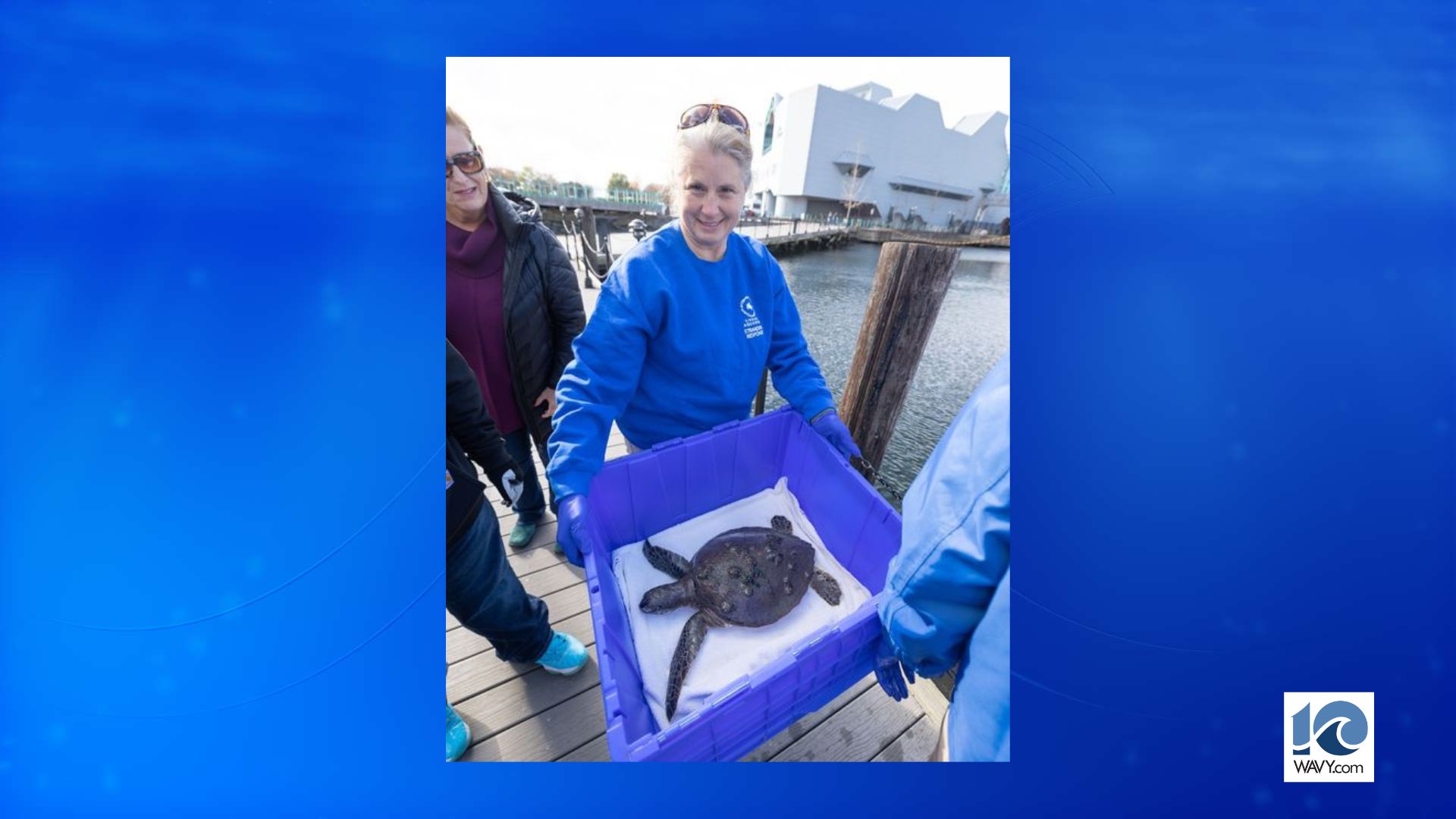The big oval is going to get a lot more crowded at the Pyeongchang Games.
Speedskating is spicing itself up with the Olympic debut of the mass start, featuring up to 24 skaters racing 16 laps at the same time. That’s quite a change from the traditional time trial format in which pairs race against the clock.
The sport’s big names – from Shani Davis to Claudia Pechstein to Sven Kramer and Ireen Wust – will toe the starting line in pursuit of more gold to add to their glittering collections.
Speedskating begins Feb. 10 with the women’s 3,000 meters at the Gangneung Oval, which seats 8,000 and is located in the cluster of venues along the coast.
Here are some things to watch for on the big oval:
Don’t miss
The mass start brings a bit of short track sass to long track. There are four intermediate sprints throughout the mass start. The top three skaters in those sprints earn points, as do the top three crossing the finish line. The medalists are determined by the top three finishers, while the rest of the standings are decided based on the sprint points. During the race, lasting between 7 ½ and 8 minutes for the men and women, respectively, there will be breakaways, skaters jockeying for position and all-out sprints. There may be tactics, too, with countries deciding to work together in an effort to get on the podium. The U.S. is a medal contender in the men’s and women’s races. Joey Mantia won the world title last season, while Heather Bergsma finished third at worlds. The event closes the competition on Feb. 24.
I, Claudia
At age 45, Pechstein could be a mother to her fellow speedskaters. The German will become the first woman to compete in seven Winter Olympics. She has a chance to become the oldest Winter Olympic medalist in an individual event and the first person to win the same individual Winter Olympic event four times (she won the 5,000 meters in 1994, 1998 and 2002). Pechstein won a 5,000 World Cup race last fall. The owner of nine Olympic medals, she missed the 2010 Games because of a two-year blood doping ban. She denied having irregular biological passport levels and fought the ban in the court system for several years. Besides the 5,000, Pechstein is a contender in the mass start. She turns 46 during the games.
Orange is the new gold
Defending Olympic champions Kramer and Wust lead a strong Dutch team again. Kramer will be going for his third 5,000 title in a row, while seeking to add a 10,000 title and help the pursuit team to a second straight gold. Wust has her sights set on three more golds in the 1,500, 3,000 and team pursuit. The Netherlands dominated the dozen speedskating events in Sochi four years ago, winning eight golds and 23 medals overall. However, with rules limiting entries per nation to two instead of three skaters for some races, the Dutch may cede some spots on the podium.
American redemption?
The U.S. is intent on bouncing back from an embarrassing showing in Sochi, where the nation’s most successful Winter Olympic sport was shut out. Bergsma and Brittany Bowe have dominated the 1,000 and 1,500 distances internationally while trading spots atop World Cup podiums. On the men’s side, Davis is back for a fifth Olympics at age 35. The two-time gold medalist in the 1,000 isn’t as dominant, but he hasn’t lost his passion for the sport. Mitch Whitmore and Mantia are medal threats in the 500 and 1,000, while Mantia will be a favorite in the mass start. Watch for Erin Jackson, a former inliner who is the first black female skater to make a U.S. Olympic long track team.
Band & beer
The Winter Olympics herald the return of speedskating’s pep band, Kleintje Pils, which translates as “little beer” in Dutch. The group makes merry before and after competition at the oval. Playing their horns and dressed in orange, they create a party atmosphere unique to the games.




































